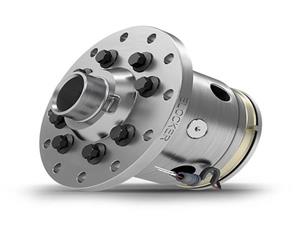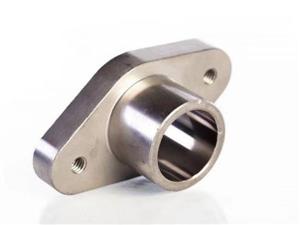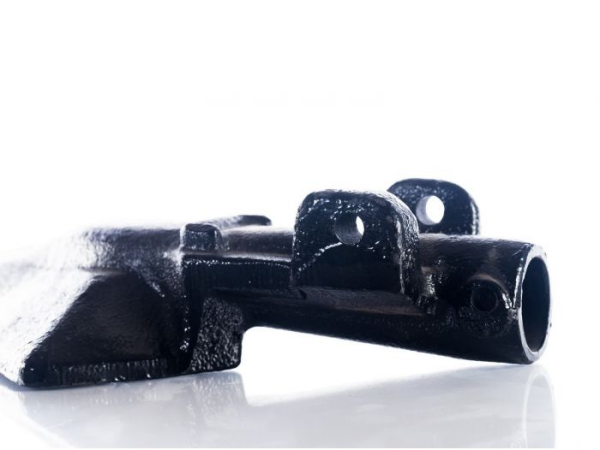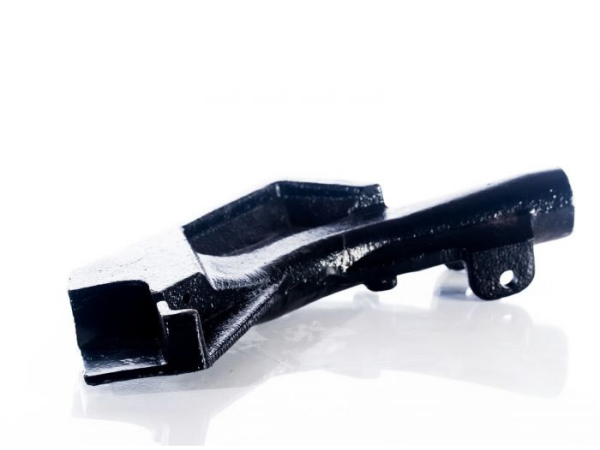What is casting for
Casting is the method of casting liquid metal into a casting cavity that is suitable for the shape of the part, allowing it to cool and solidify to obtain the part or blank. The cast material is mostly a metal that is originally solid but heated to a liquid state (such as copper, iron, aluminum, tin, lead, etc.), while the material of the mold can be sand, metal, or even ceramics. The methods used may vary depending on the requirements.
There are mainly two categories: sand casting and special casting.
Using sand as a mold material, also known as sand casting or flipping, includes three types: wet sand mold, dry sand mold, and chemically hardened sand mold, but not all sand can be used for casting. The advantage is that the cost is lower because the sand used in the mold can be reused; The disadvantage is that the mold production is time-consuming, and the mold itself cannot be reused and must be destroyed before the finished product can be obtained.
1.1 Sand mold (core) casting method: wet sand mold, resin self hardening sand mold, water glass sand mold, dry and surface dry mold, solid mold casting, and negative pressure molding.
1.2 Sand core manufacturing method: It is selected based on the size, shape, production batch, and specific production conditions of the sand core. In production, it can be generally divided into manual core making and machine core making.
According to the molding materials, it can be divided into two types: special casting with natural mineral sand and stone as the main molding material (such as investment casting, mud casting, shell casting, negative pressure casting, full mold casting, ceramic mold casting, etc.) and special casting with metal as the main molding material (such as metal mold casting, pressure casting, continuous casting, low-pressure casting, centrifugal casting, etc.).
2.1 Metal mold casting method: Using metal with a higher melting point than the raw material to make a mold. It is subdivided into gravity casting method, low-pressure casting method, and high-pressure casting method. Due to the melting point of the mold, the amount of metal that can be cast is also limited.
2.2 Dewaxing casting method: This method can be divided into outer film casting method and solid casting method.
First, replicate the object to be cast with wax, then immerse it in a pool containing ceramics (or silica sol) and let it dry, so that the wax based replica is covered with a layer of ceramic outer film. Repeat the steps until the outer film is sufficient to support the casting process (about 1/4 inch to 1/8 inch), then melt the wax in the mold and remove it from the mold. Afterwards, the mold needs to be subjected to multiple high temperatures to enhance its hardness before it can be used for casting.
This method has good accuracy and is more suitable for casting high melting point metals such as titanium. However, due to the high price of ceramics and the need for multiple heating and complexity in production, the cost is quite expensive.






